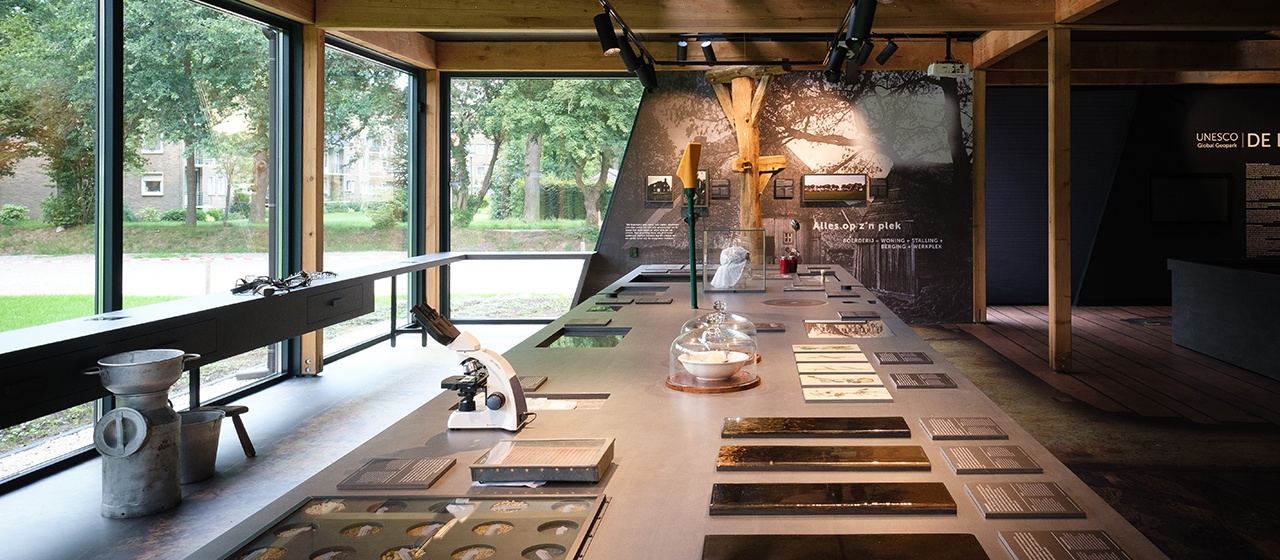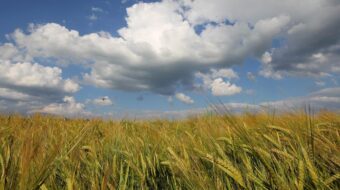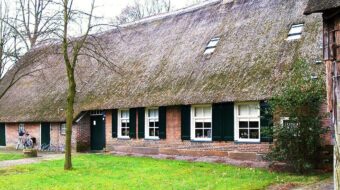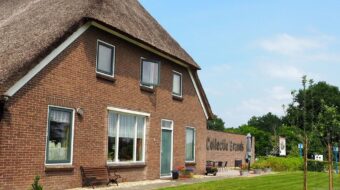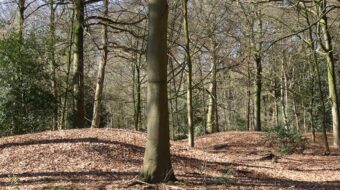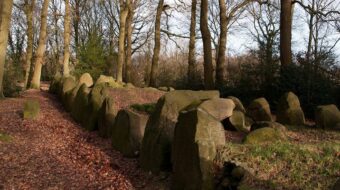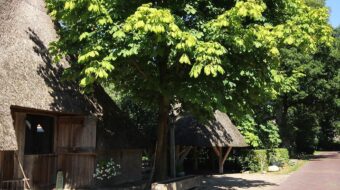The history of farming in 'De Nabershof'
The Nabershof is a traditional Saxon-style farmhouse, built in 1681. The oldest farmhouse in Emmen is a State Monument and is owned by the Drenthe cultural-historic society ’t Volk van Grada. The Nabershof complex stands on the Hondsrug, a UNESCO Global Geopark. In 2020 a new extension was completed which houses an interactive exhibition which tells the story of farming in the Hondsrug region, from 5000 years ago up to the present day.
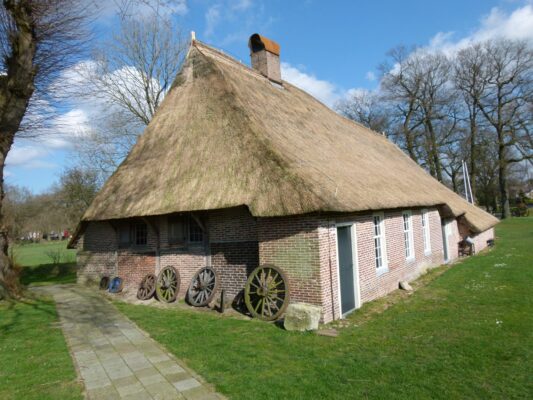
Settlements
The Hondsrug is a very special cultural landscape. Nowhere else in the Netherlands can you find such a distinct pattern of human settlements. This pattern tells you the history of farming in the Hondsrug region, a landscape created in the ice ages and reshaped by the hand of man.
Display
A new extension has been added to this complex, housing a fully-fledged information centre for the Hondsrug UNESCO Global Geopark. This will present the story of farming life in the Hondsrug region from prehistory to the present day. You will learn more about how the landscape was formed with ‘essen’ (raised cultivated fields) and ‘esdorpen’ (farming villages), and also about village boundary marking, land redistribution and modern agriculture. You will also see the different types of farmhouses built on the Hondsrug. The information is presented via interactive touchscreens, film clips, photos, audio clips, animation and old documents.
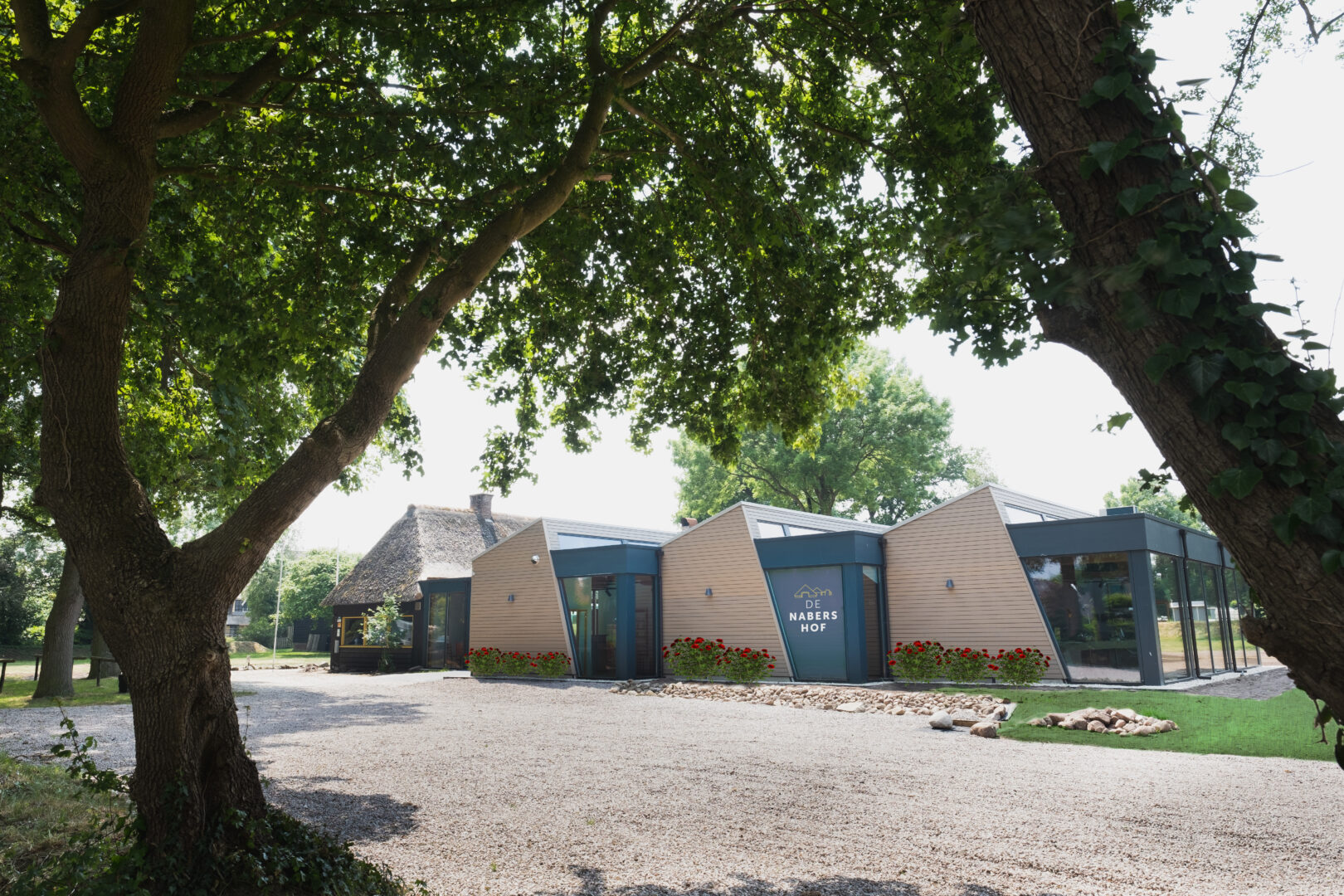
The hunebed (megalithic grave) called the Langgraf (Long Grave) is situated in a small woodland behind the museum. It is the only one of its kind in the Netherlands.
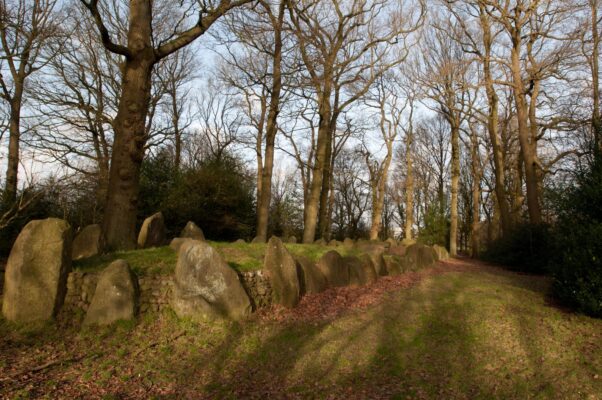
Opening times
Wednesday-Sunday: 11.00- 17.00 uur
Closed on monday and tuesday

